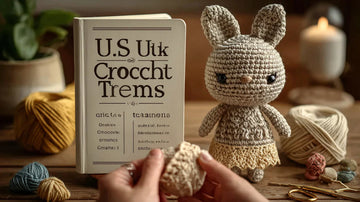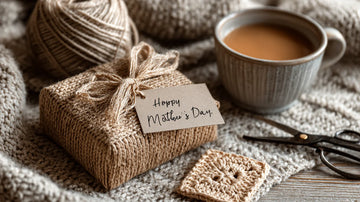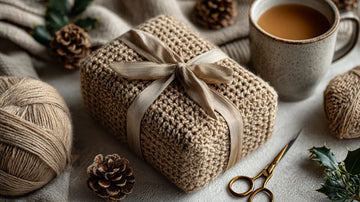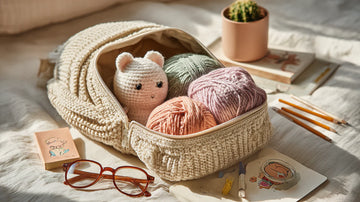US vs UK Crochet Terms: Simple Translation with Examples
Focus keyphrase: US vs UK crochet terms
You’ve found the perfect pattern—a stunning blanket, a cozy scarf, or an adorable amigurumi toy. You print it out, grab your hook, and then… you get stuck. 🤯 The pattern calls for a “double crochet,” but your tutorial says that stitch looks different. Don’t panic! This is a classic case of US vs UK crochet terms. While the names are different, the stitches themselves are exactly the same. This guide will provide a simple, easy-to-use translation chart and real-world examples to clear up the confusion once and for all. 💡
Why the Confusion? A Quick History Lesson
The difference between US and UK crochet terms is a fun quirk of crafting history. The craft of crochet developed independently and simultaneously in both regions, and without a unified governing body, the stitches were given different names. The most common point of confusion is that a U.S. "single crochet" is equivalent to a U.K. "double crochet," and a U.S. "double crochet" is a U.K. "treble." This is the source of all the frustration, but once you learn the simple translation, you'll be able to confidently tackle any pattern from across the globe.
The Ultimate US vs UK Crochet Terms Chart 📝
This chart is your new best friend. Keep it handy as you work through any pattern, and you'll never be confused again.
Practical Examples: A Real-World Translation
Let’s put the chart into practice. Imagine you’ve found a beautiful pattern for a scarf, but you realize it’s written in U.K. terms. Here's a quick translation:
-
Original U.K. Pattern Snippet: “Row 1: Ch 15. Skip 1 ch, 1 dc in each ch to end. Turn.”
-
Translated U.S. Terms: “Row 1: Ch 15. Skip 1 ch, 1 sc in each ch to end. Turn.”
-
Original U.K. Pattern Snippet: “Row 2: Ch 3 (counts as 1 tr). 1 tr in each dc to end. Turn.”
-
Translated U.S. Terms: “Row 2: Ch 3 (counts as 1 dc). 1 dc in each sc to end. Turn.”
As you can see, the stitch count and action are exactly the same. All you need to do is apply your new knowledge from the chart!
Navigating Patterns: Expert Tips to Avoid Mistakes
Mastering the chart is one thing, but knowing how to use it correctly in a pattern is another. Here are some pro tips to help you on your way.
-
Always Check the Source: The first thing you should do when starting any pattern is to check if it specifies whether it’s in U.S. or U.K. terms. A good designer will always include this at the very beginning. If you're using a free pattern online, a quick look through the comments can often clarify any confusion.
-
Use a Reference Guide: Keep a copy of the chart handy. You can save it on your phone or print it out and keep it with your project bag. Having a physical reference guide can save you from a lot of frustration. For more valuable guides, check out our Yarniss crochet for beginners blog.
-
Don't Guess: If you’re unsure, it’s always better to double-check. Guessing a stitch can lead to your project turning out the wrong size or having a completely different texture.
-
The Power of a Swatch: Always crochet a gauge swatch before you begin. This is a small square that you create to check your tension and stitch count. It's the best way to ensure your finished project matches the pattern's size. No matter the terms, you can use the same high-quality hooks for all your projects. Our Yarniss Large Ergonomic Crochet Hooks Set is perfect for this.
Building a Versatile Skill Set
Learning both US vs UK crochet terms may seem daunting at first, but it is one of the most valuable skills a crocheter can have. By mastering this simple translation, you open up a world of new patterns and designs. A pattern from an independent designer in London or a vintage book from the United States will now be within your reach. It allows you to become a more versatile and confident crafter.
Ready to start practicing? Explore our full range of crochet hooks and Yarniss crochet kits to find the perfect tools to bring any pattern to life.





